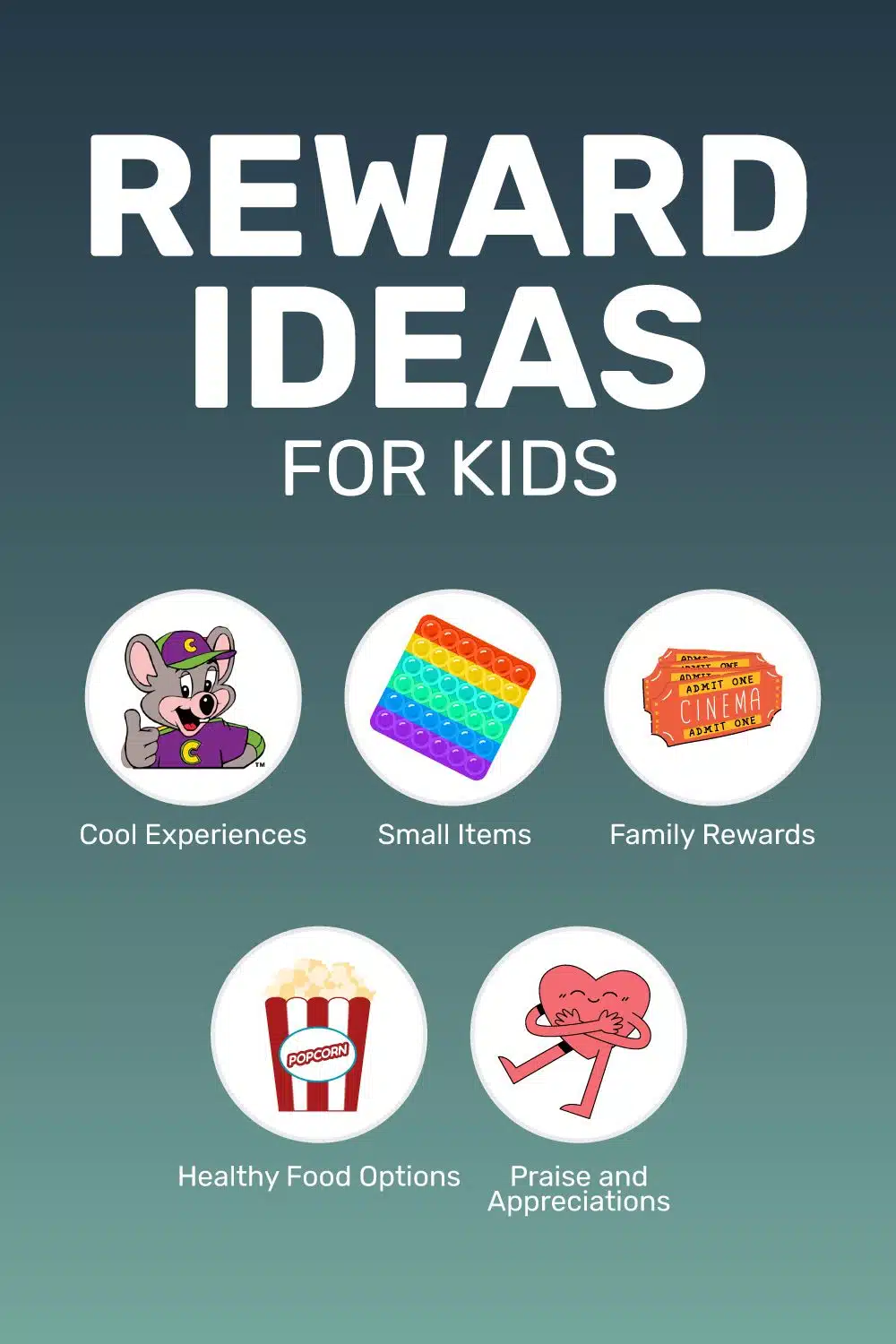Disability inclusion involves specific strategies and actions to ensure equal opportunities for people with disabilities. Here are some key examples of how disability inclusion works:
- Accessibility improvements: Modifying physical environments, such as installing ramps and elevators, and providing accessible technology and communication tools.
- Inclusive education: Implementing inclusive practices in schools, such as individualized learning plans, accessible materials, and inclusive classrooms.
- Employment opportunities: Promoting workplace accommodations, flexible schedules, and inclusive hiring practices to facilitate the employment of people with disabilities.
- Community engagement: Encouraging community involvement through accessible events, programs, and services.
- Awareness and education: Raising awareness about disability rights, advocating for inclusive policies, and providing disability awareness training.
By adopting these disability inclusion practices, we create a more inclusive society where people with disabilities can actively participate and thrive alongside their peers. Goally’s tablet fosters disability inclusion through visual schedules, AAC capabilities, gamified learning, and social skills training, empowering kids with disabilities for greater inclusion and success.
This post was originally published on Feb. 7, 2023. It was updated on July 19, 2023.














